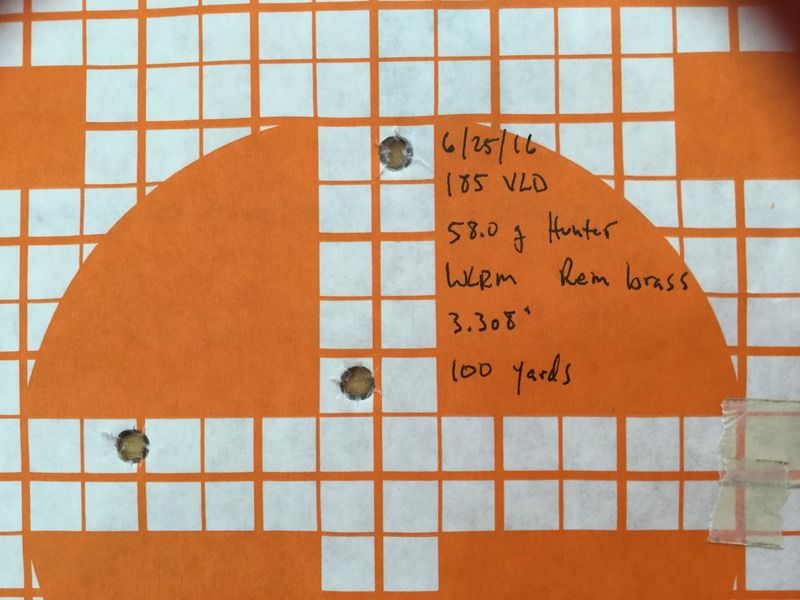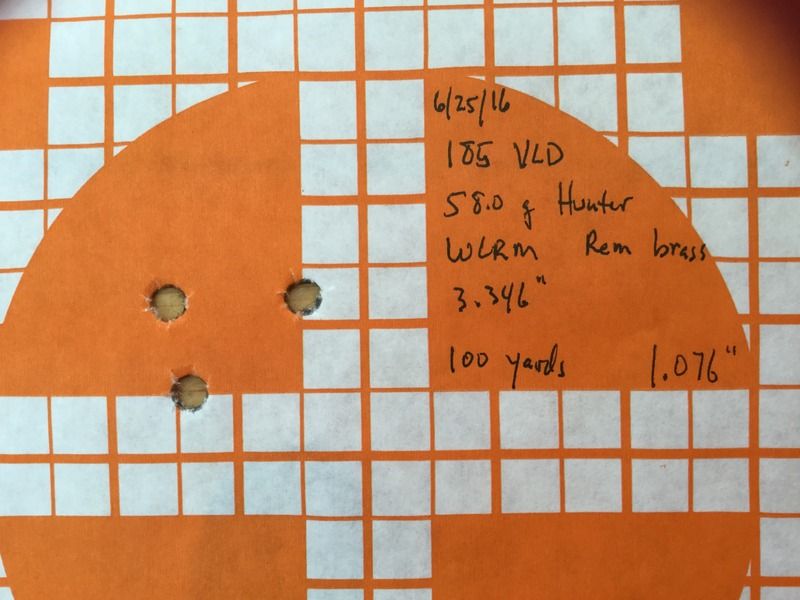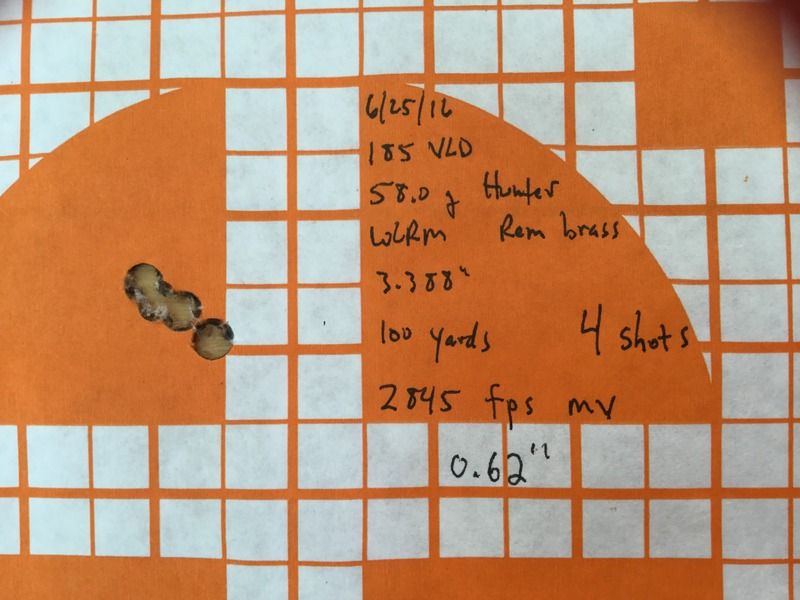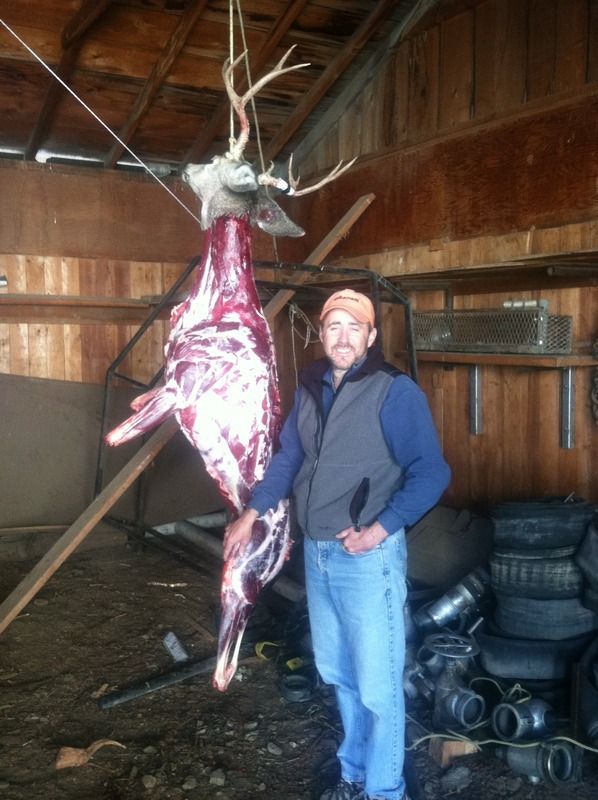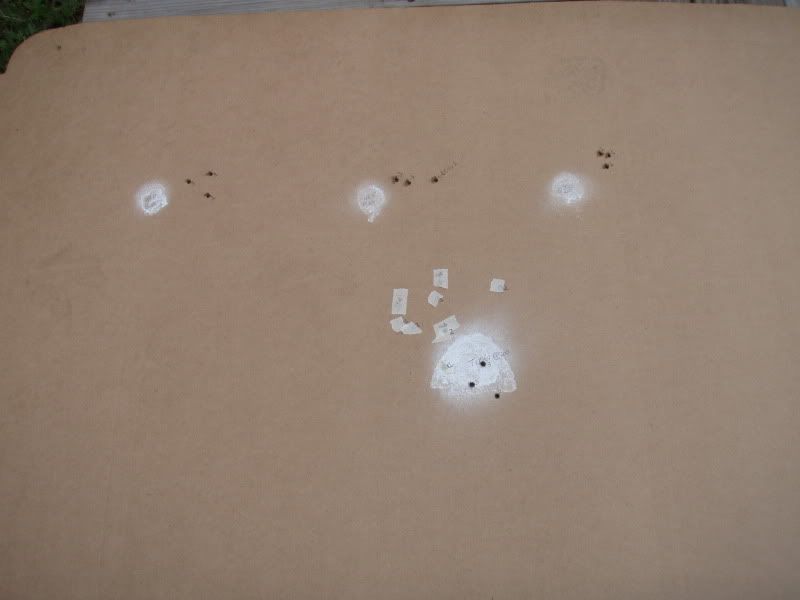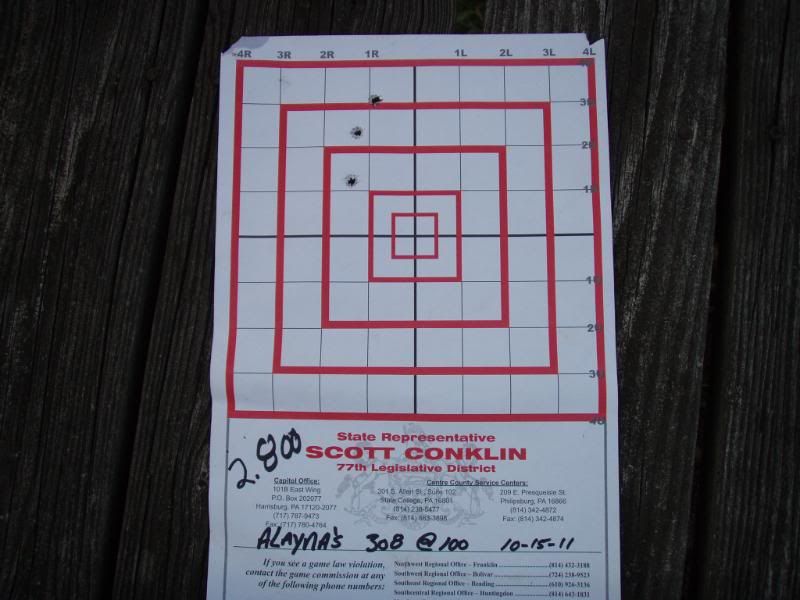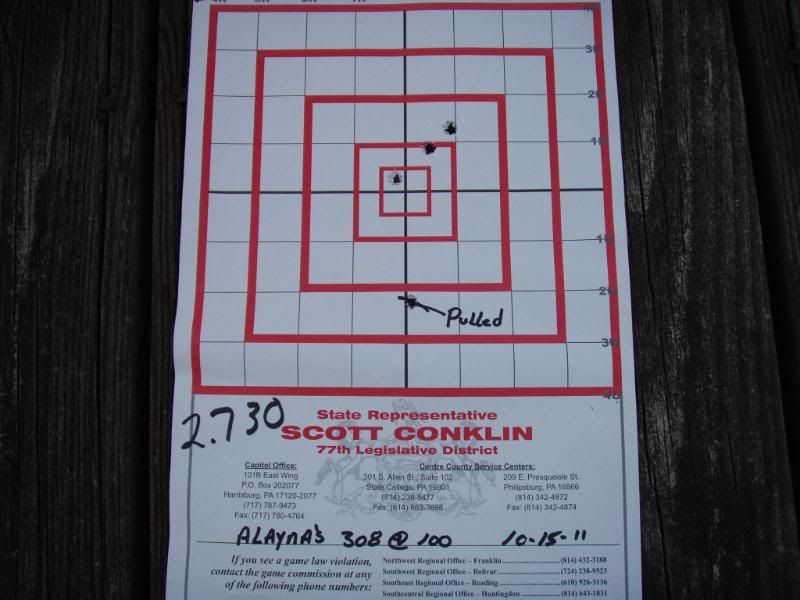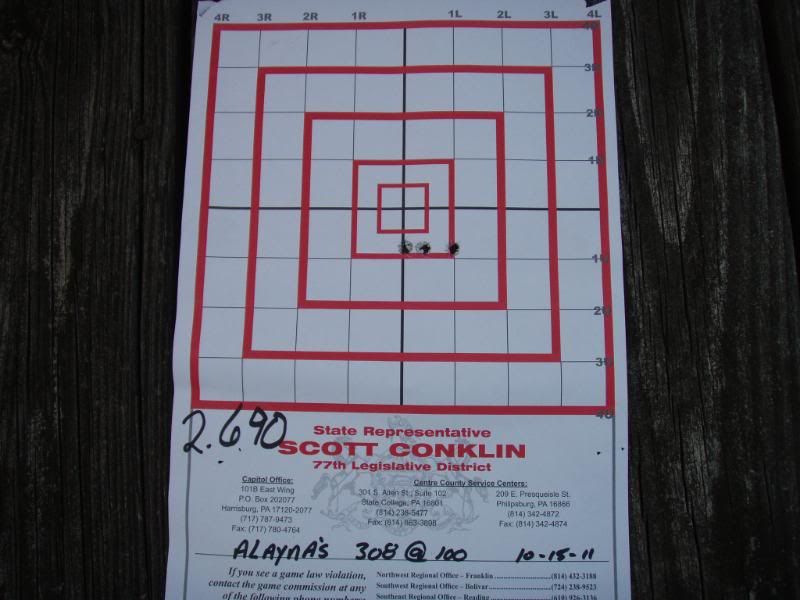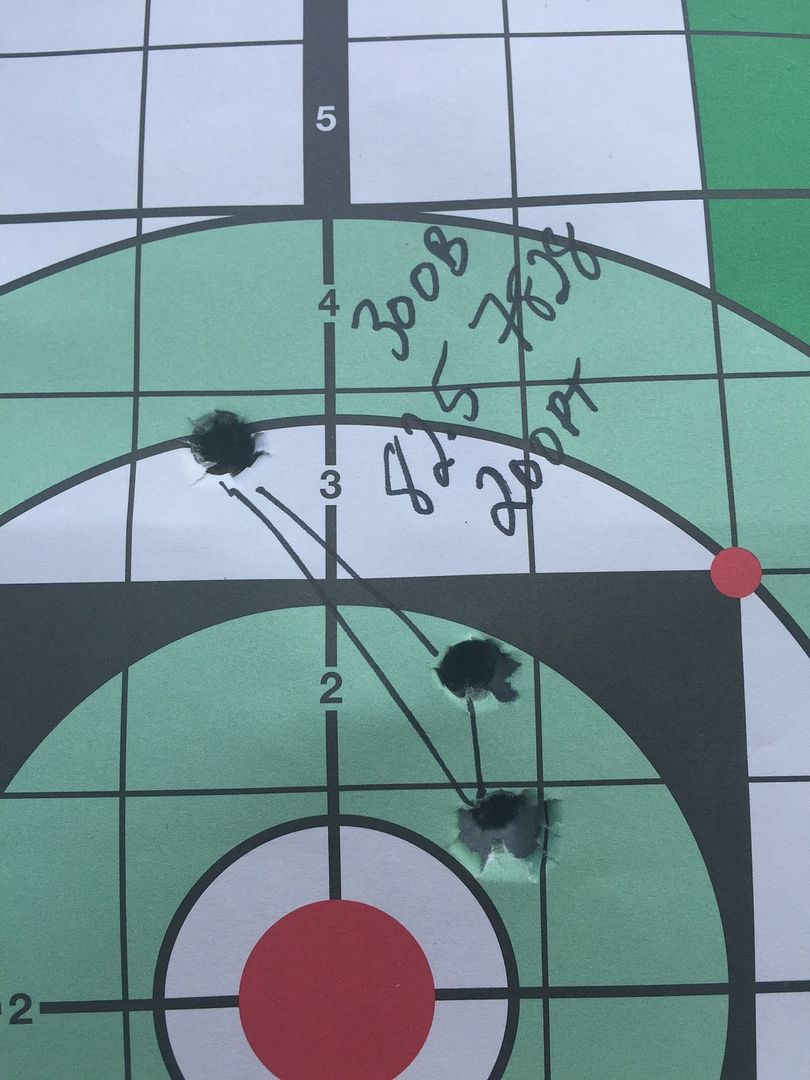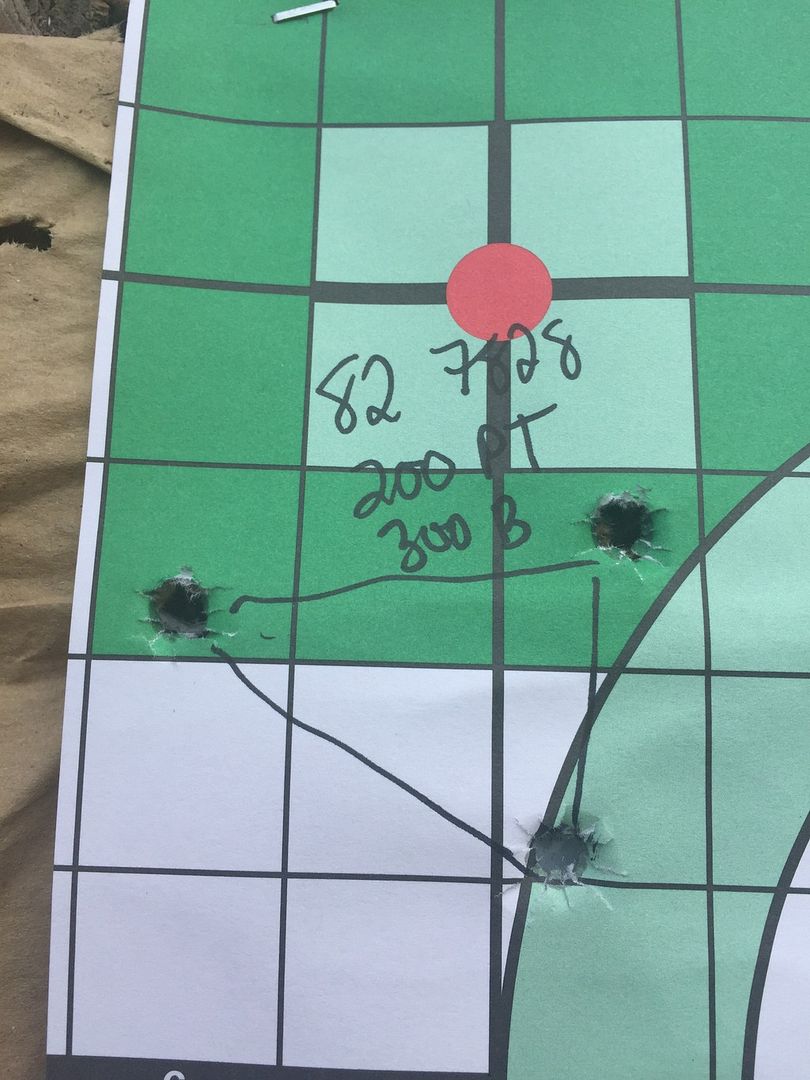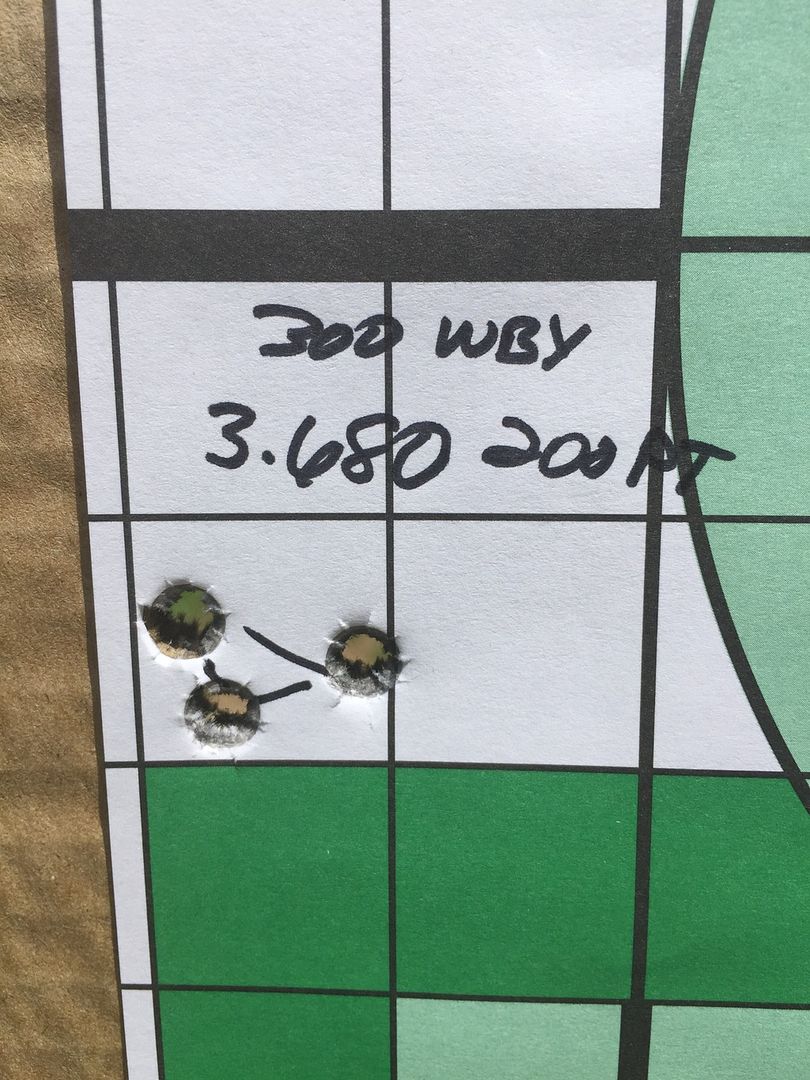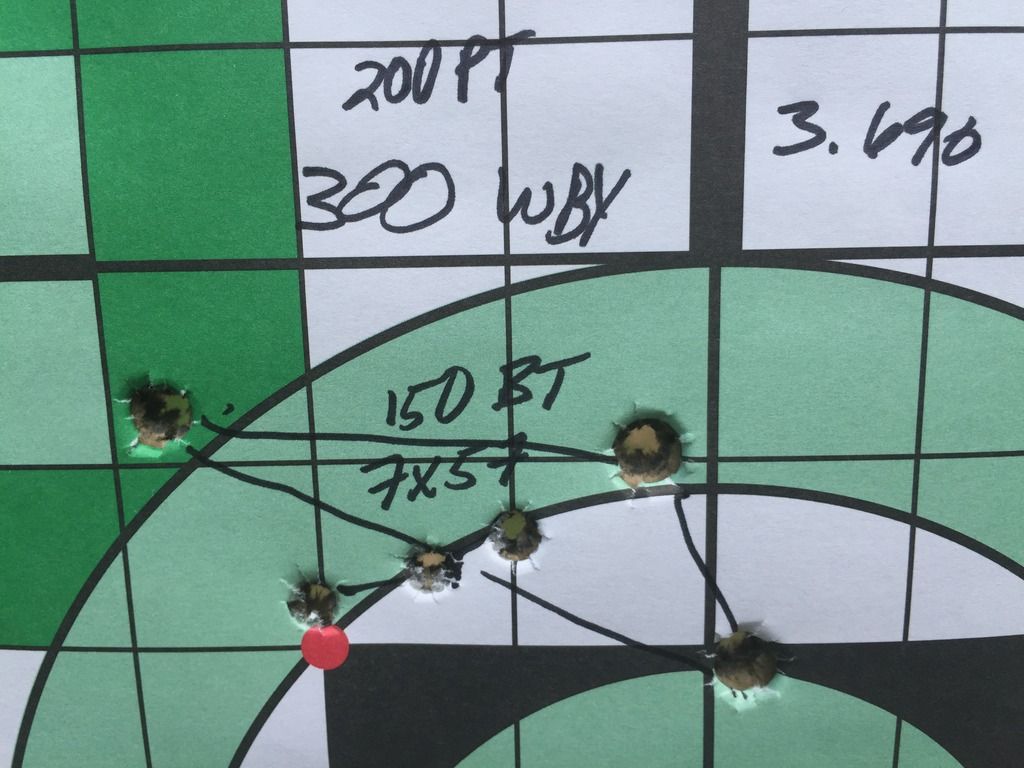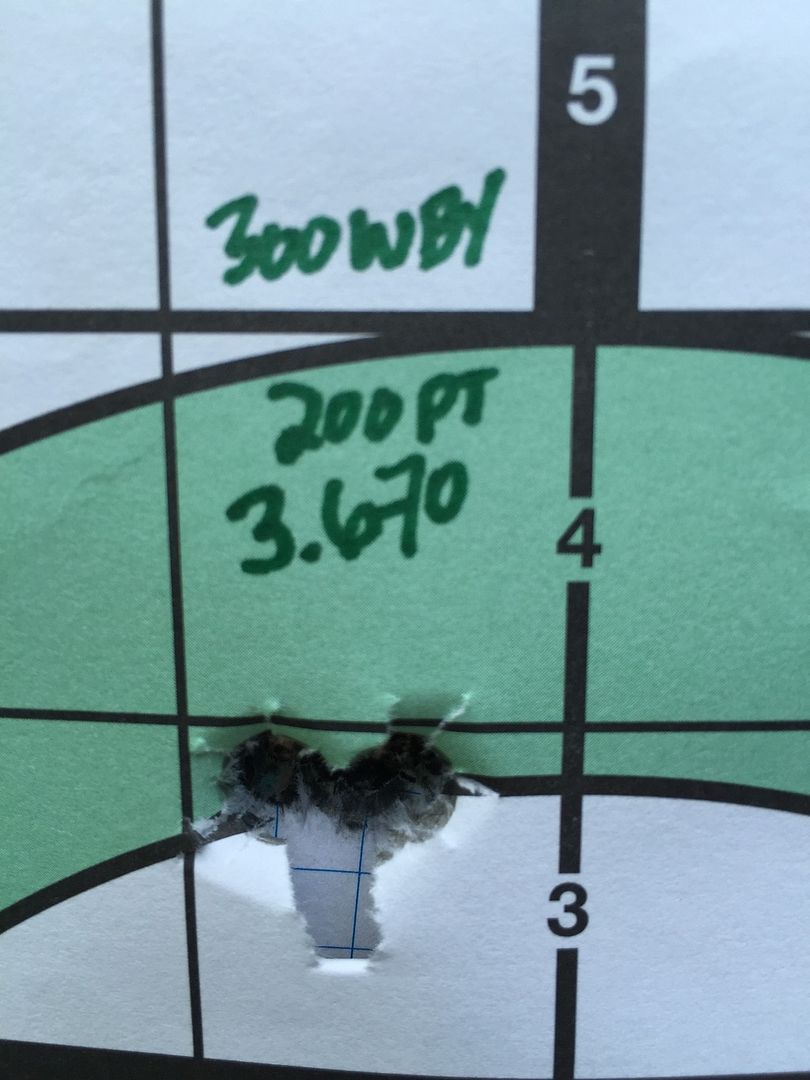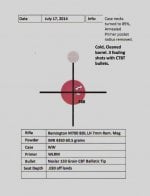When trying to determine the best (most accurate) load achievable for a particular rifle are there signs to help steer you in the right direction? My two biggest concerns are loads and COAL. When trying new powders and different sizes of loads are there signs or tells to point the loader in a certain direction...aside from safety issues? Is it all just trial and error or can you, as a loader, "read" shot groups. Can you tell when to add powder or take away powder to be more accurate? When playing with COAL is there a way to determine if one should go longer or shorter, or again, is it mostly just a guessing game. Thanks in advance for your time and responses.
Sent from my iPhone using Tapatalk
Sent from my iPhone using Tapatalk

